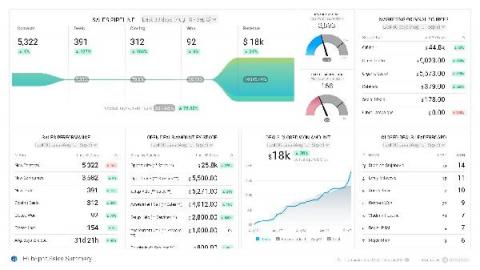Cross-browser testing on the cloud: advantages and disadvantages
Cross-browser testing is performed to be sure that your product is working as expected on the various device, platform, and browser (and their versions) combinations that your customers might be using. With a plethora of devices and their versions in the market, it is integral to perform stringent cross-browser testing to attain a good market capture. Is it easy? No! Is it necessary? Absolutely yes! However, the pain and efforts associated can be reduced, if the cross-browser testing is cloud-based.











